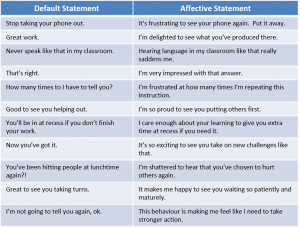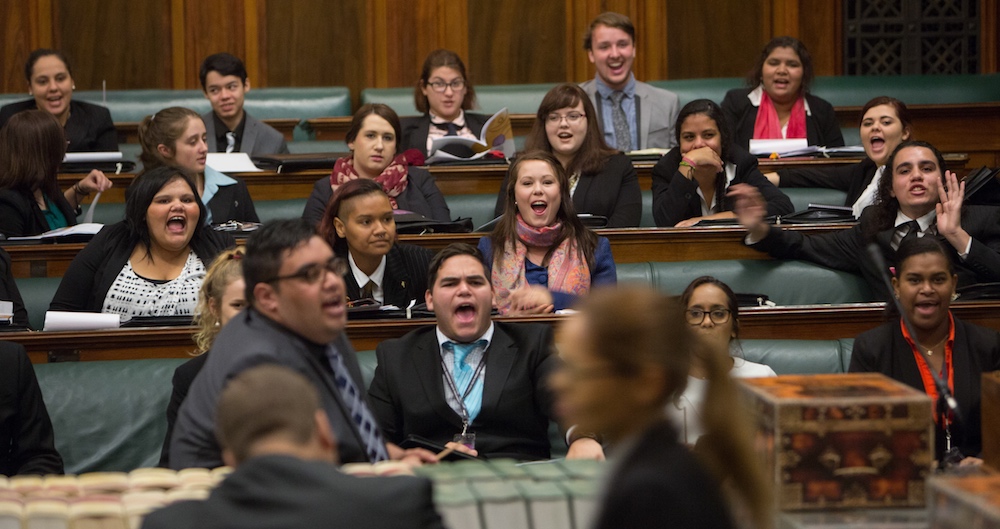Teaching empathy through affective language

This week, Adam Voigt covers affective statements as a way to motivate behavioural change in students – and because you have enough on your minds, he has even scripted some alternatives.
We get some remarkable feedback on these monthly teacher practice articles and that gives us a nice, warm, fuzzy feeling inside. Personally, I think this is because we are unprepared for them! That’s right – we have no idea what next month’s article will be about … until we’ve been out there in schools and listening to what teachers are telling us they need and deserve some support with. It’s our little attempt at ensuring that what we provide is relevant and required.
In conversations I’ve had recently, teachers have been telling me that they recognise language as being key to improving classroom behaviour, engagement and instilling the school’s values in our student cohort. This makes sense and sounds simple but it’s not that easy to change habits around both what we say and how we say it that began crystallising with our very first attempts to speak – even before toilet training, feeding ourselves and walking had been mastered.
One way that teachers are looking to change their language is through affective statements. A component of the restorative practices framework, these short and regularly deployed statements are designed to remind students that their behaviour impacts others. Given that these opportunities present so often in a school day (most teachers say it’s upward of 50) we’d just be crazy to suggest that we can change culture without seizing so many opportunities to make a difference. It’s like teaching empathy, a skill our students desperately need, by Chinese water torture.
I’ve done it. Through repetition, I’ve been able to move my default on student messiness. Any student in any school that I meet who drops a piece of rubbish is no longer greeted with the standard “Hey, pick that up.”. Now, I say “It disappoints me to see you do that. Put it in the bin”. It takes me about 1-2 seconds longer to say, but it if you are like around 99.5% of the population you noticed and heard the word disappoints in your head louder than the other words. As social beings, we’re wired to hear that word prominently. It stays with us and reminds us that others are watching.
But rather than write further on what affective statements are and what they do, most teachers are telling us that they just want some examples through which they can get cracking. Don’t say we don’t deliver. Enjoy!

The Cheat Sheet
Don’t have time to soak in the whole article today? Here’s the big points …
- There are countless affective opportunities.
- It’s really just throwing a feelings word into your default.
- Language shift is critical to cultural shift.
- Develop your school’s own affective statement bank.
- Catch and reward yourself when you change a default.
AITSL STANDARDS FOR TEACHERS … and you addressed them by reading!
The Big One
3.5 Use effective classroom communication
But also …
1.1 Physical, social & intellectual development & characteristics of students.
4.3 Manage challenging behaviour.
6.2 Engage in professional learning & improve practice







